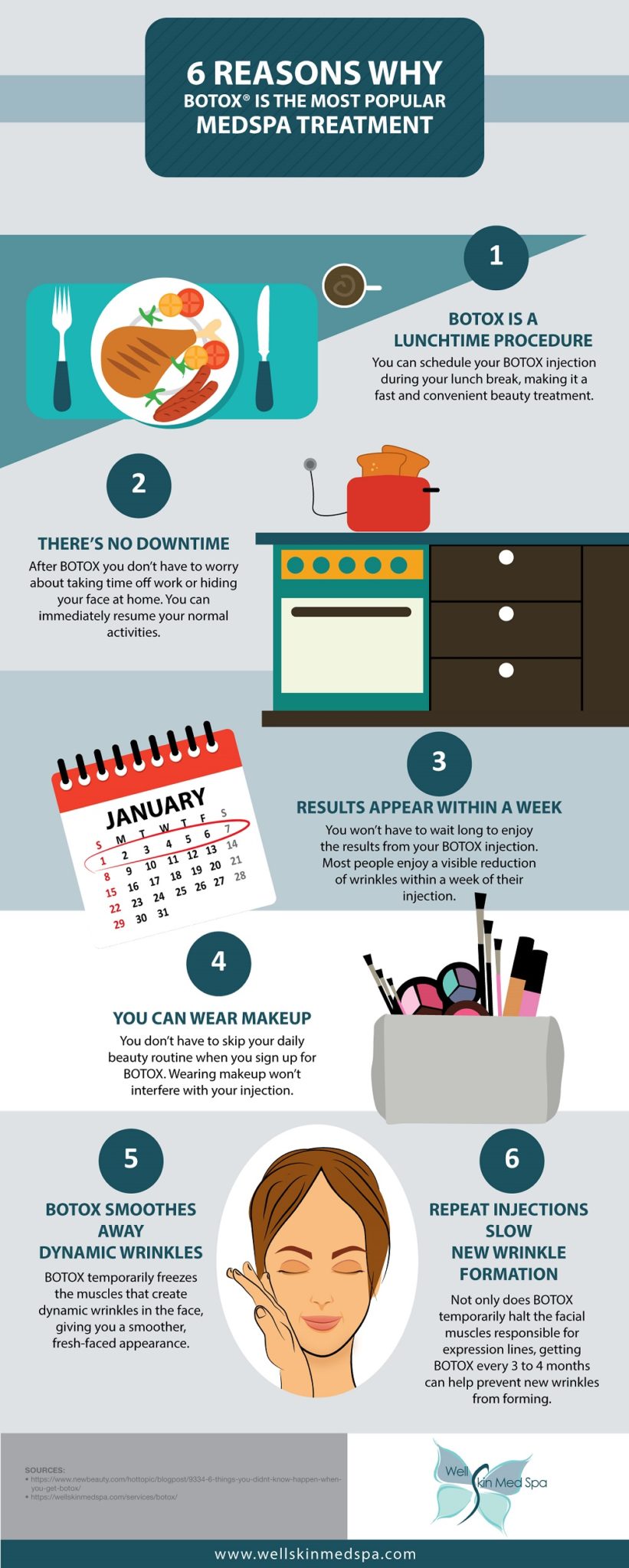What Are The Distinctions And Resemblances In Between SMILE Eye Surgical Procedure And LASIK And PRK?
What Are The Distinctions And Resemblances In Between SMILE Eye Surgical Procedure And LASIK And PRK?
Blog Article
Post By-Adler Wilder
If you've been considering SMILE eye surgery, you may question exactly how it stacks up against LASIK and PRK. does cataract surgery last a lifetime has its own collection of benefits and factors to consider. From quicker recuperation times to possible threats, there are crucial distinctions you need to understand prior to choosing. Understanding these distinctions will certainly aid you make an enlightened selection that lines up with your specific needs and assumptions. Interested to know more about how these treatments contrast thoroughly? Keep on discovering to acquire a detailed understanding of SMILE, LASIK, and PRK.
SMILE Eye Surgical Treatment Overview
If you're taking into consideration SMILE eye surgery, you'll locate it to be a minimally invasive treatment with a fast recuperation time. During SMILE (Small Laceration Lenticule Extraction), a laser is used to create a small, accurate incision in the cornea to get rid of a tiny item of tissue, improving it to correct your vision. This varies from LASIK, where a flap is created, and PRK, where the external layer of the cornea is totally gotten rid of.
Among the crucial benefits of SMILE is its minimally invasive nature, leading to a faster healing process and much less discomfort post-surgery. The recovery time for SMILE is relatively quick, with lots of patients experiencing enhanced vision within a day or 2. This makes it a prominent choice for those looking for a practical and effective vision correction treatment. In addition, SMILE has actually been revealed to have a lower risk of completely dry eye disorder contrasted to LASIK, making it a desirable choice for individuals concerned regarding this prospective adverse effects.
Distinctions Between SMILE, LASIK, and PRK
When contrasting SMILE, LASIK, and PRK eye surgical treatments, it's important to understand the distinctive techniques utilized in each procedure for vision adjustment.
SMILE (Tiny Cut Lenticule Removal) is a minimally invasive procedure that includes creating a little incision to draw out a lenticule from the cornea, reshaping it to deal with vision.
LASIK (Laser-Assisted In Situ Keratomileusis) includes developing a thin flap on the cornea, making use of a laser to reshape the underlying tissue, and after that rearranging the flap.
PRK (Photorefractive Keratectomy) gets rid of the external layer of the cornea prior to reshaping the tissue with a laser.
The major distinction hinges on the means the cornea is accessed and dealt with. SMILE is flapless, making it a great alternative for people with thin corneas or those involved in get in touch with sports. LASIK provides rapid visual recovery as a result of the flap development, yet it may posture a greater risk of flap-related problems. PRK, although having a much longer recuperation period, stays clear of flap-related concerns completely.
Recognizing these differences is vital in choosing one of the most suitable treatment for your vision modification requirements.
Advantages And Disadvantages Comparison
To evaluate the benefits and downsides of SMILE, LASIK, and PRK eye surgical procedures, it's necessary to consider the particular benefits and prospective restrictions of each procedure. SMILE surgical procedure uses the benefit of a minimally invasive treatment, with a smaller cut and possibly quicker recuperation time contrasted to LASIK and PRK. in cataract surgery what does the surgeon remove lowers the threat of dry eye post-surgery, an usual adverse effects of LASIK. However, SMILE may have limitations in treating greater levels of nearsightedness or astigmatism compared to LASIK.
https://symptoms-of-myopia10976.blogproducer.com/37853702/how-lasik-reshapes-the-cornea-to-correct-astigmatism gives quick visual healing and marginal pain during the treatment. It's extremely efficient in treating a large range of refractive mistakes, including nearsightedness, hyperopia, and astigmatism. Yet, LASIK carries a threat of flap complications, which can influence the corneal framework.
PRK eye surgery, while not as preferred as LASIK, stays clear of creating a corneal flap, reducing the risk of flap-related issues. It's suitable for individuals with thin corneas or uneven corneal surfaces. Nonetheless, PRK has a longer recovery time and might include more pain during the recovery procedure.
Verdict
So, when it pertains to picking between SMILE, LASIK, and PRK, think about it like choosing the best pair of footwear. SMILE resembles a smooth, comfy set of sneakers - quick and easy.
LASIK is much more like trendy high heels - showy and fast, but with some prospective risks.
PRK is like tough treking boots - reputable and long lasting, however needing a bit even more effort and time.
Ultimately, the most effective choice depends upon your private demands and choices.
